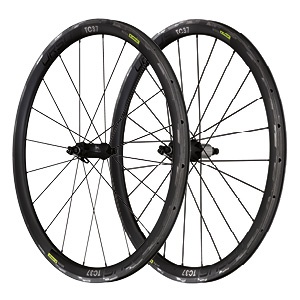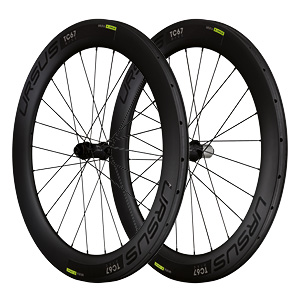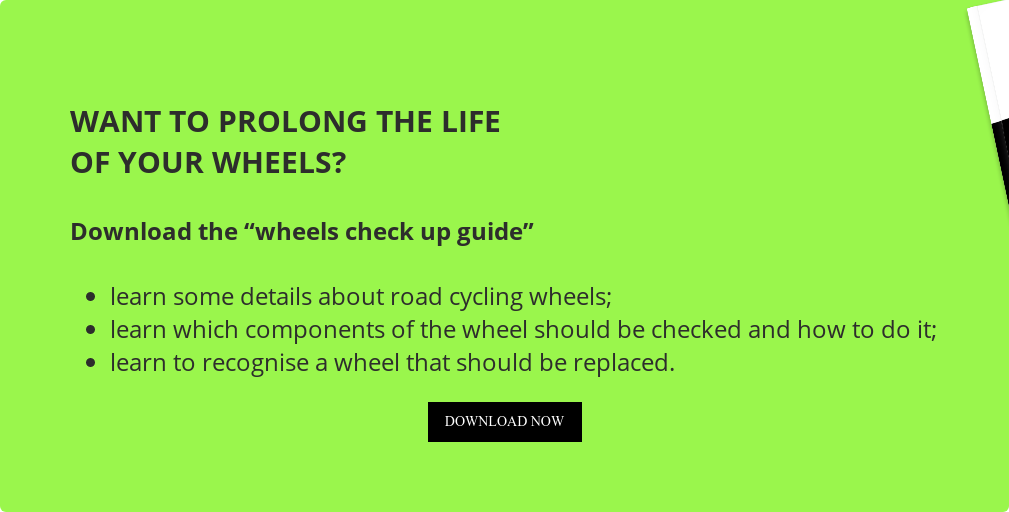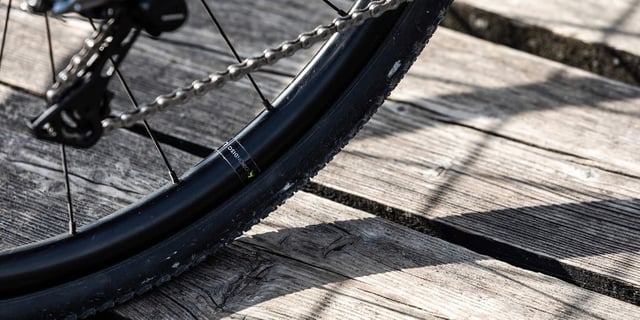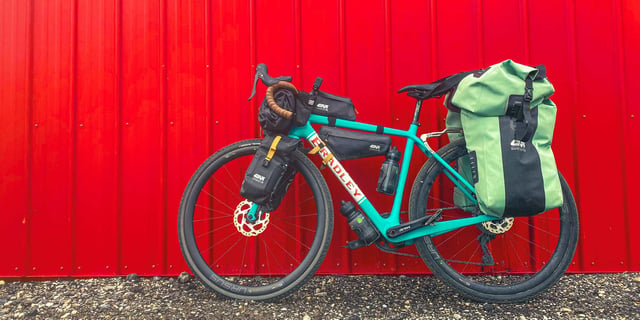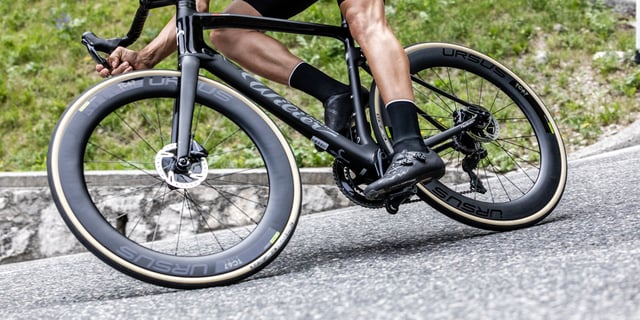
Are you sure you know what makes a wheel a quality product or when you buy a new pair of wheels you choose only according to the brand? Lightness, for example, is not all: the performance is affected by several other components that should be considered before choosing. If you are thinking of making the jump to your racing bike, buying the best carbon wheels is probably the most important update you can make. But how to get rid of the various models and above all, how to avoid wasting your money? In this article, let's clarify how to choose the best carbon wheels for racing bikes.
Lightness and performance of carbon wheels
When one thinks of buying a set of carbon wheels for one's racing bike, one generally seeks lightness. However, you should not be fooled by giving importance only to the reduced weight: to find the best carbon wheel is instead useful to understand how this data affects the performance of your racing bike.
Normally it is thought that the lighter the bike, the less effort applied by the cyclist to complete his journey. If the theory of "one gram less is a second earned" acquires particular importance in the time trial disciplines, on the other hand you may not know that an overly light wheel can flex more because it will have a low profile and the fewest possible number of spokes.
It is always advisable to look for the right compromise between lightness and rigidity, to avoid having a wheel that does not satisfy you in terms of performance.
What kind of cyclist are you?
Every cyclist has different needs. To find the best carbon wheels for your racing bike, the first thing you should do is to ask yourself what kind of rider you are at the moment.
- If you are an amateur cyclist who travels 10,000 km a year without participating in races or Gran Fondo, you may not be willing to sacrifice comfort to cut a few grams, perhaps unnecessarily lightening your wallet.
- If your goal is competition, we suggest you continue reading this article.
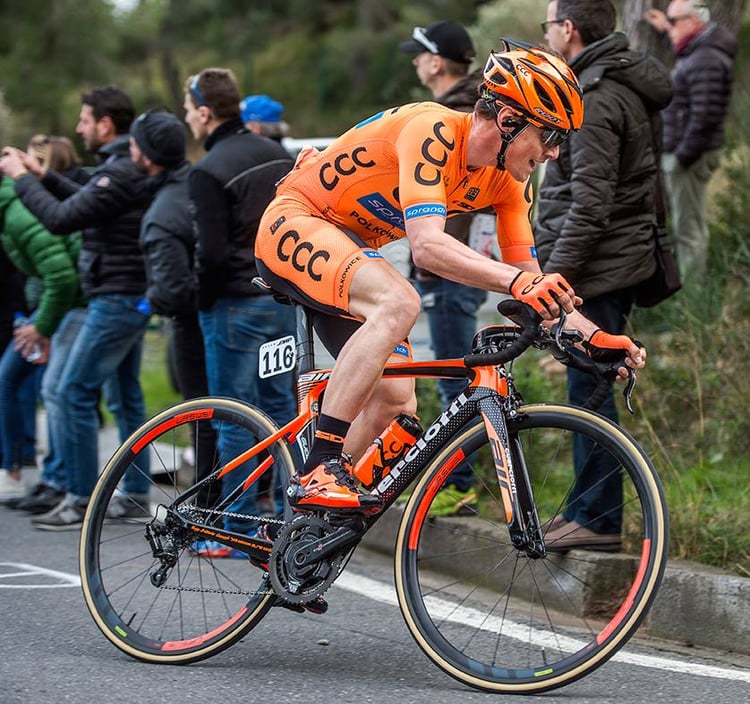
Smoothness and rigidity: the importance of the hub in wheels for racing bikes
The hub is the technological heart of the wheels: this component directly influences the smoothness and maneuverability of your bike. When looking for the best carbon wheels for racing bikes it is therefore essential to pay attention to its composition.
An entry level or low-quality hub will give you a bike that is not fluent and un-reactive. If you want a pair of level wheels, an Ergal 7050 hub is the right option for you. The excellent mechanical strength of this material is then combined with the choice of the right bearings, which are responsible for reducing friction during the sliding of the wheels. For example, Ursus offers SKF bearings, which represent the top quality on the market today; you can find them also in the TC37 and in the TC67 DISC.
How many spokes does a carbon wheel have to have for a racing bike?
Another factor that affects the performance of carbon wheels for racing bikes is the number of assembled spokes. The more spokes are present, the more the wheel becomes stiff and increases in weight. If your goal is the best balance between weight and smoothness, we suggest you look for a set of wheels with 20 spokes at the front and 24 spokes at the rear.
Choosing a wheel with less spokes would certainly buy a lighter product, but too flexible for racing use and less reliable. In fact, at the break of one spoke you would be forced to stop, concluding your session in advance.
Aesthetics and quality of carbon rims
It may happen that a cyclist considers the possibility of buying a pair of carbon wheels also to improve the appearance of his bike. The aesthetic factor is important for many riders, which is why the best brands of carbon wheels for racing bikes offer the possibility to choose between two types of carbon: 3K and UD.
If at the technical level the choice does not involve differences, today the preference of most cyclists goes to the elegant UD rather than to the characteristic 3K carbon texture. The quality of a carbon rim is found in its composition. A correct arrangement of the fibers is essential for increasing the reliability and durability of the wheels.
Very important then, to avoid unpleasant surprises, head towards rims made of monocoque rather than on others where small pieces of carbon are glued together. This is because the parts of a junction between one piece and another are more prone to breaking, especially in the area where the nipples are inserted.
There are also innovative techniques of construction of the rims, able to make them lighter and at the same time more resistant. It is a sort of bandage (called Bending System) that is made to the rim and which allows a homogeneous distribution of the weft over the entire surface of the carbon. On an aesthetic level, the difference can be seen only on the braking track where you can see the lines left by the carbon bandage.
Attention also to the heel. In many economic rims it is achieved by overlaying and then cutting a series of carbon sheets. In a quality circle the heel is finished curving the sheets on themselves. In this way it becomes much more resistant in case of impact.
The third important point to take into consideration when talking about carbon rims concerns their profile, normally proposed in different geometries. Although the dream of many remain the medium or high profiles, which give the bike an aggressive look, here there is no better choice ever. In fact, different types of use correspond to different profiles. Obviously, the choice of the best profile depends on the type of path or the type of discipline that you think you have to face and this can change from person to person.
Conclusion
We have seen what features should be kept in mind when looking for a new set of wheels for your bike. The best carbon wheels for racing bikes are ultimately those that meet the requirements just listed, but the choice must be made keeping in mind the type of use you intend to make and the type of track you need to travel.
Ursus builds its wheels keeping these quality indicators in mind. This is why our wheels are chosen every day by hundreds of professional cyclists all over the world.
